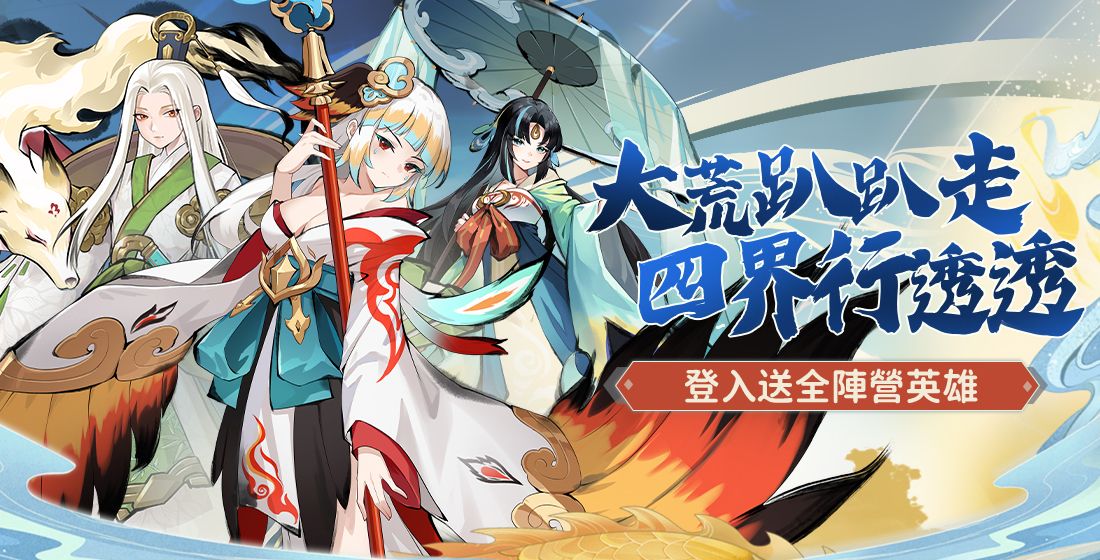Exploring the Allure of Open World Games: Why They Captivate Gamers Everywhere
The Evolution of Open World Games
Open world games have evolved dramatically since their inception, captivating players with expansive environments and immersive gameplay. Initially, games were linear, offering limited choices. However, as technology advanced, developers began crafting detailed worlds where players could explore at their own pace.
What Defines an Open World Game?
So, what exactly defines an open world game? These games typically feature:
- Huge, explorable landscapes
- Non-linear gameplay
- Dynamic environments
- Player-driven narratives
This type of gameplay allows for a level of freedom that engages players in a unique way, making them feel like they are part of a living world.
The Freedom of Exploration
One of the most appealing aspects of open world games is the freedom they provide. Players can choose how they want to engage with the game world. They might follow a story quest, engage in side quests, or simply wander to discover hidden treasures. This freedom not only caters to different play styles but also enhances replayability.
Engaging Storylines
Many open world games boast compelling storylines that unfold as the player's exploration deepens. Titles like "The Witcher 3: Wild Hunt" and "Red Dead Redemption 2" exemplify how immersive narratives can be woven into expansive worlds. Players are not just participants; they become part of a rich tapestry that evolves based on their choices.
Dynamic Environments and NPCs
The dynamic nature of environments and non-player characters (NPCs) is another critical element. Some games feature weather systems and time-of-day transitions that influence gameplay. NPCs exhibit behaviors that react to players’ actions, adding another layer of immersion and realism.
Classes in Horror Survival Games
When discussing open world games, it’s essential to touch on the variety of game genres. Horror survival games, for example, often incorporate unique classes that enhance gameplay mechanics. Each class might have distinct abilities—like stealth, combat skills, or resource management—that cater to different player strategies. These classes add depth to the survival experience, especially in an open world context where danger lurks around every corner.
Puzzle Kingdoms and Random Crashes
In addition to traditional RPG elements, some open world games incorporate puzzle mechanics. Games like "Puzzle Kingdoms" showcase how strategic thinking can be involved. Players might face challenges that require both exploration and problem-solving skills. Moreover, unexpected random events or crashes can shatter the routine, forcing players to adapt and rethink their strategies.
Community and Multiplayer Experiences
The rise of online multiplayer open world games—such as "Fortnite" and "Minecraft"—has added another layer of engagement. Players can share their adventures, collaborate on quests, and even compete against each other. This community aspect provides a social experience, transforming solitary gaming into a shared journey.
The Social Impact of Open World Games
Open world games can significantly impact social connectivity. Players around the globe can unite to tackle challenges, solve puzzles, and compete. This social dimension enhances the overall gaming experience, creating bonds that extend beyond the virtual world.
Challenges in Open World Design
Despite their allure, open world games come with challenges. Developers must ensure that vast worlds are engaging and not just empty. Balancing player freedom with directed storytelling can be tricky. Poor execution can lead to frustration for players who might feel lost or overwhelmed.
The Future of Open World Games
As technology continues to evolve, the possibilities for open world games seem endless. Virtual reality (VR) and augmented reality (AR) are set to revolutionize this genre, offering deeper immersion and interactivity. The integration of AI could personalize experiences further, enhancing player engagement.
A Look at Popular Open World Games
Below is a table showcasing some of the most popular open world games, their unique features, and what makes them stand out:
| Game Title | Release Year | Unique Features |
|---|---|---|
| The Witcher 3 | 2015 | Dynamic choices affecting the world |
| Grand Theft Auto V | 2013 | Rich multiplayer experience |
| Breath of the Wild | 2017 | Sea of exploration and puzzles |
Conclusion: The Allure of Open World Games
In conclusion, the allure of open world games lies in their ability to engage players through exploration, dynamic narratives, and social interaction. As we look ahead, the potential for innovation in game design remains high, promising to captivate gamers everywhere. The blend of freedom and storytelling continues to set open world games apart, making them a staple in the gaming community. So, whether you're in the mood for countless adventures, intricate puzzles, or cooperative quests, these games offer a tailored experience that appeals to a broad audience.



